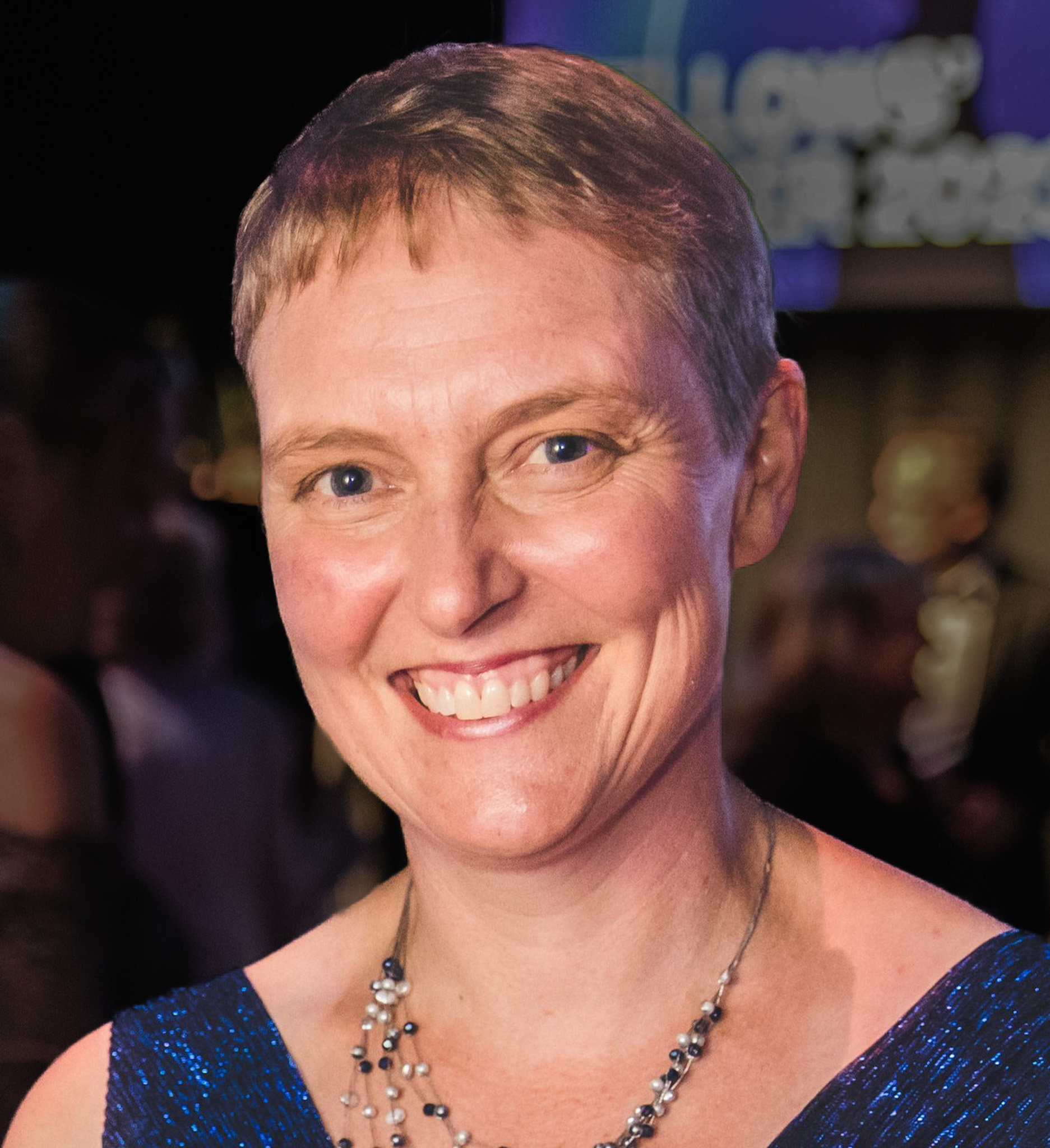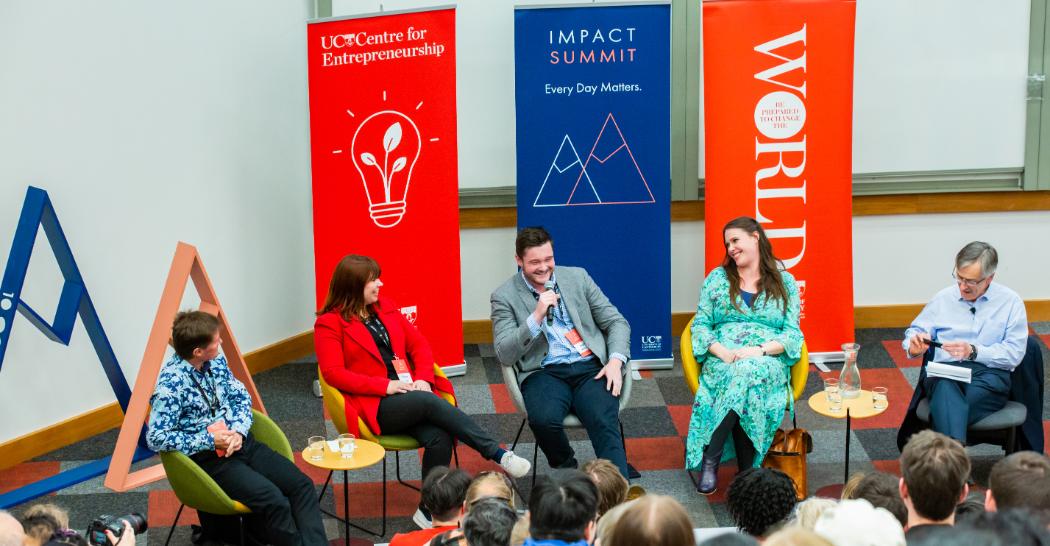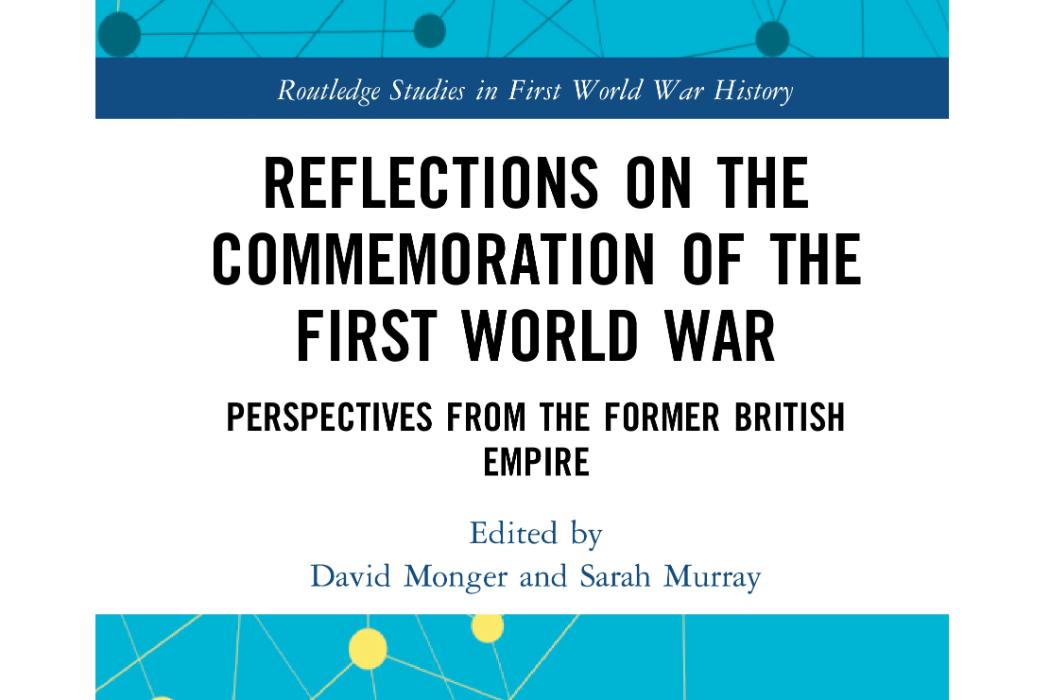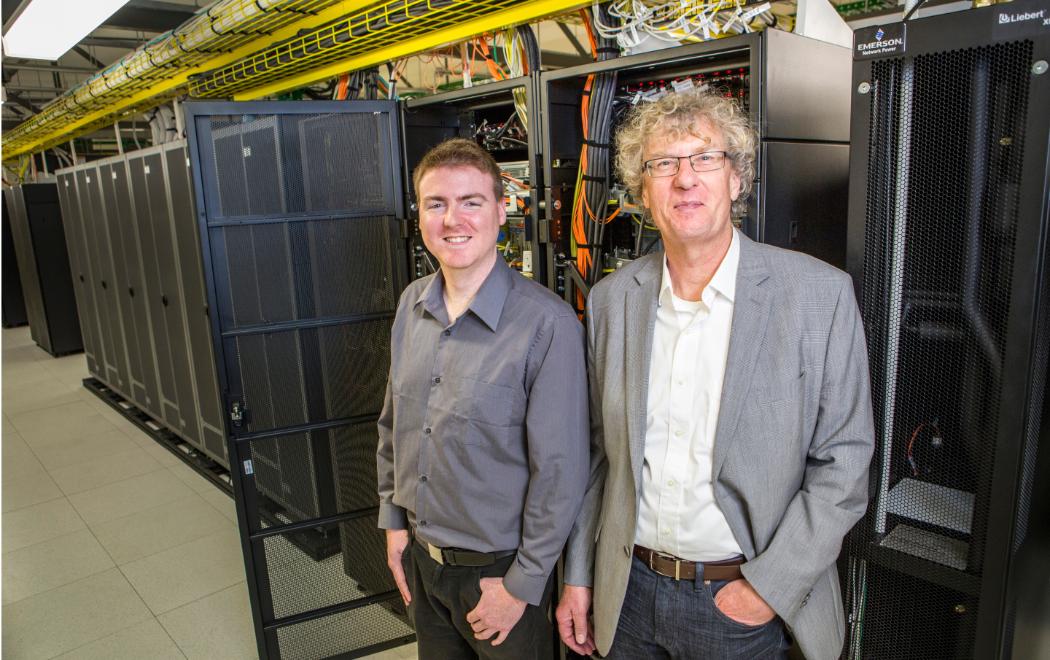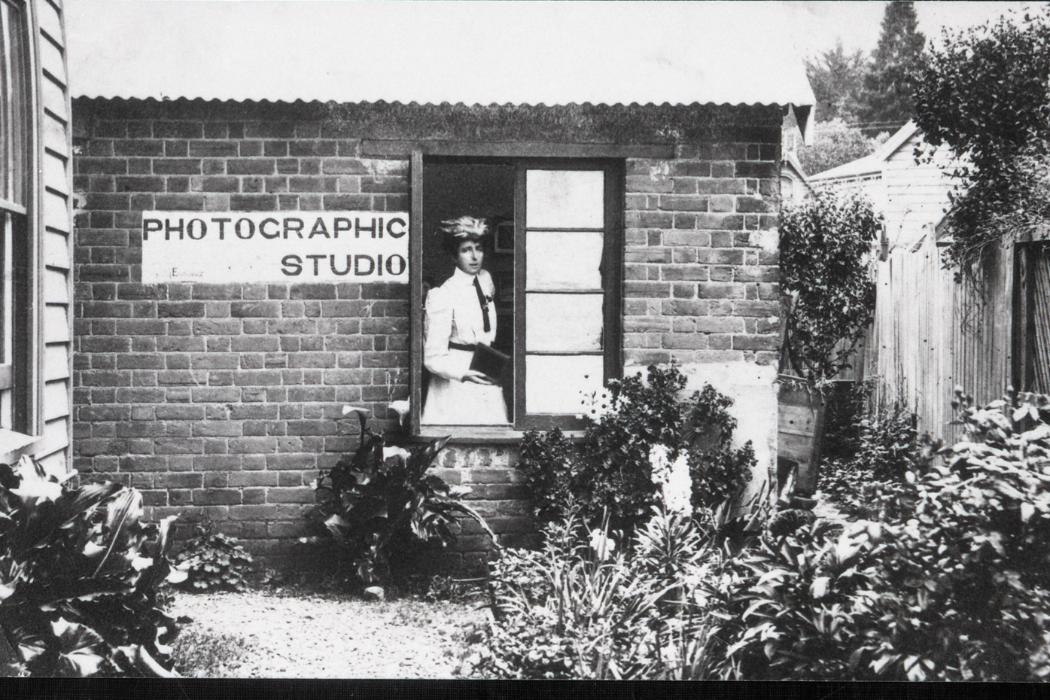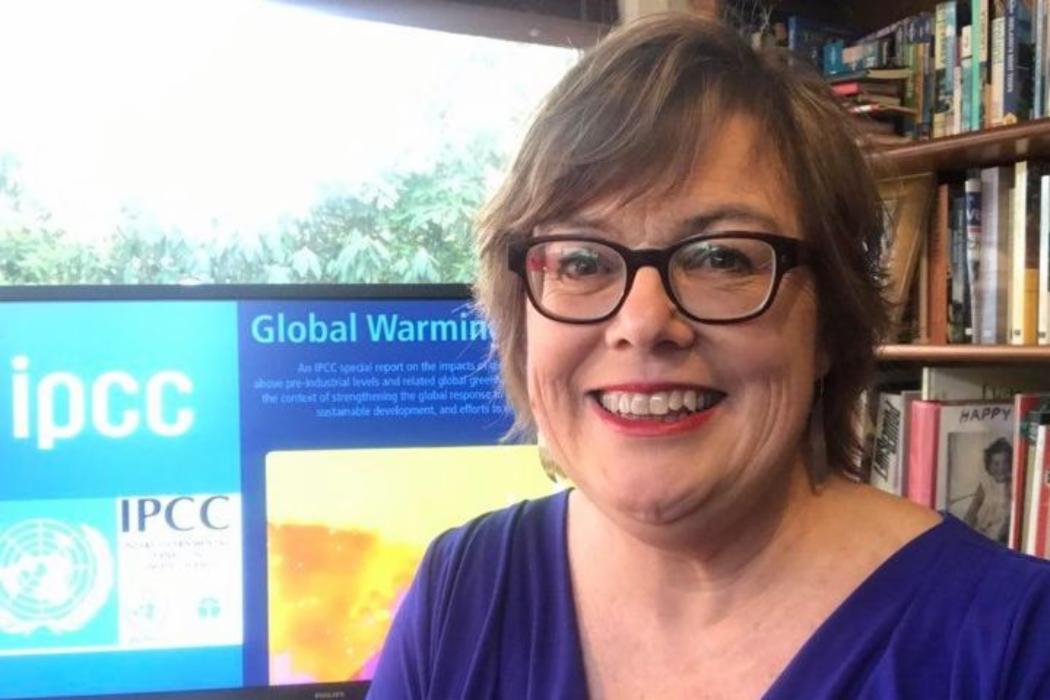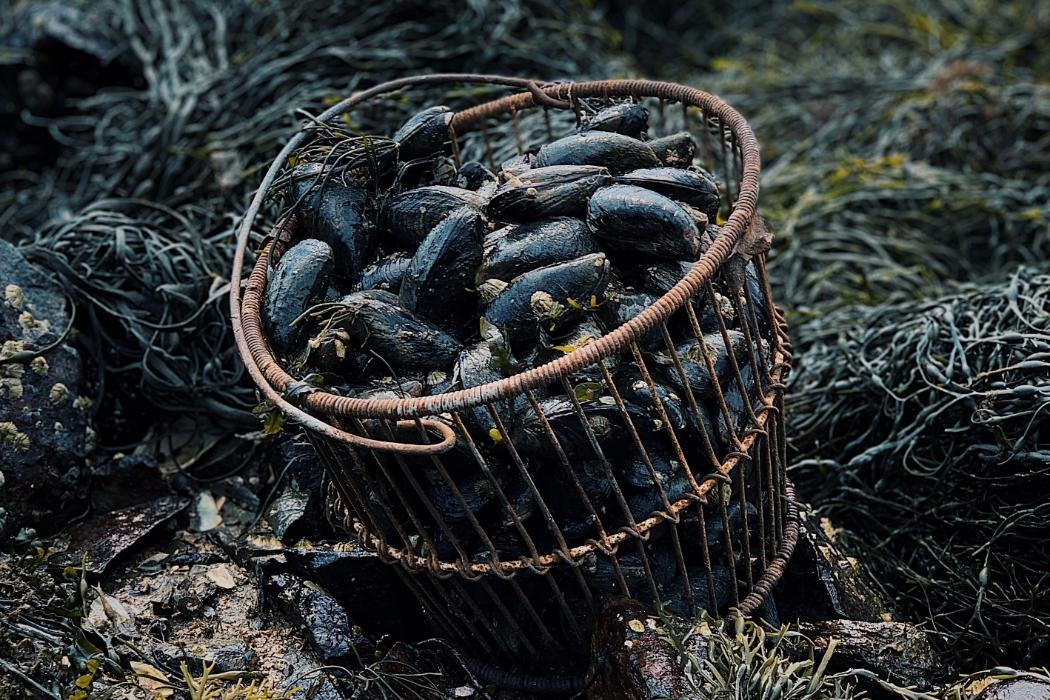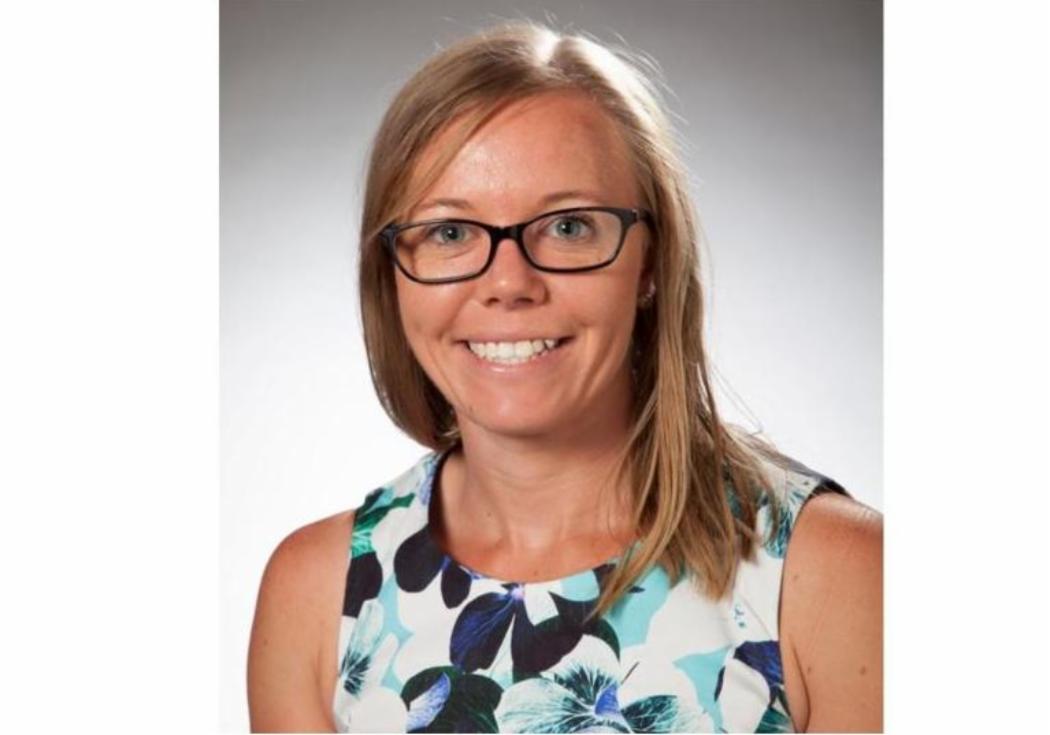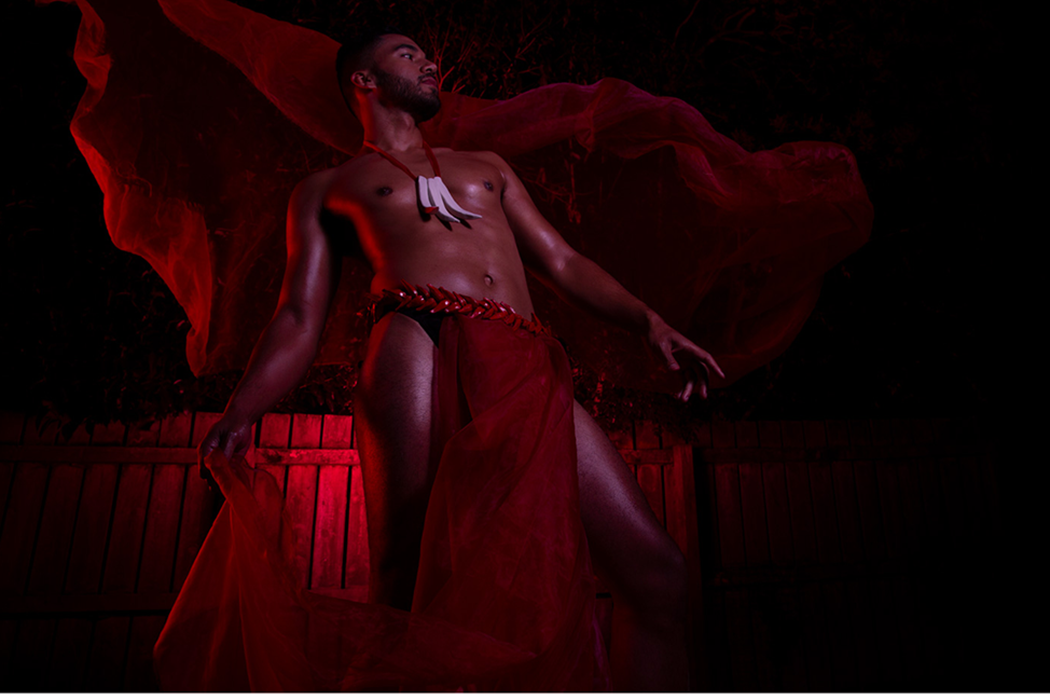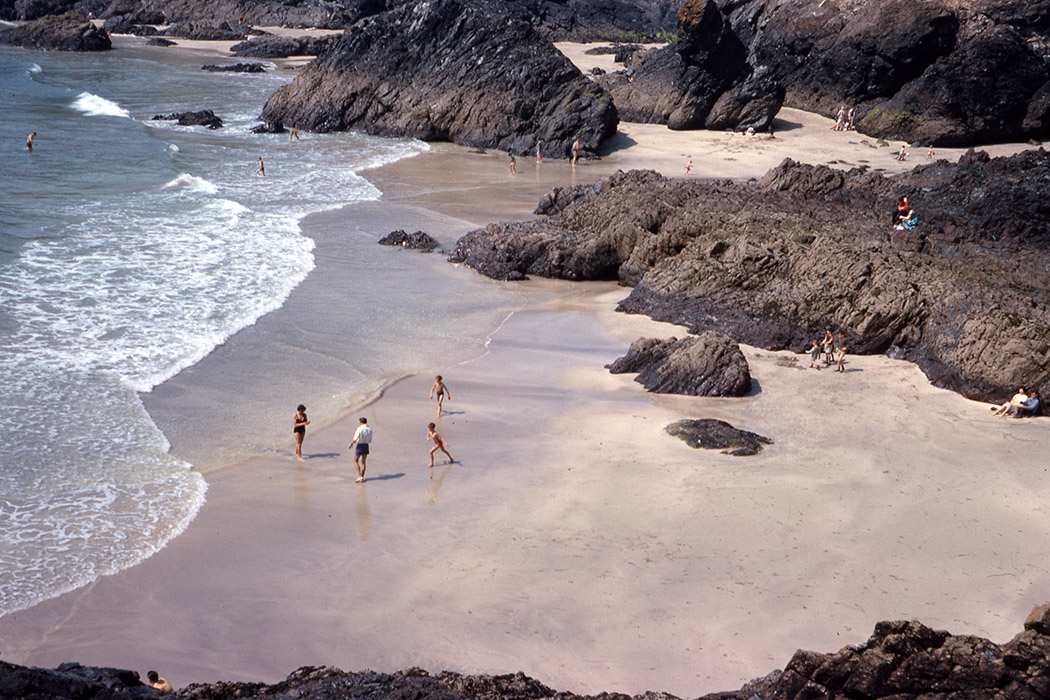What the Communications Research Group?
The Communications Research Group (UCCRG) is one of the largest research group in the Department of Electrical and Computer Engineering as well as in the university.
The group is engaged in an active programme of research primarily in wireless communications. Projects under way include work on advanced coding and modulation, adaptive receivers and equalisers, space-time processing and coding, cooperative communications, smart antenna systems and macro-diversity systems. Both theoretical and practical projects are available or can be developed depending on the interests of staff and students.
The group is actively collaborating with several New Zealand companies including Tait Communications and MIMO Max, and with Callaghan Innovation, a government research agency, on a number of projects. We collaborate closely with the Wireless Research Centre (WRC) in NZi3 on campus


